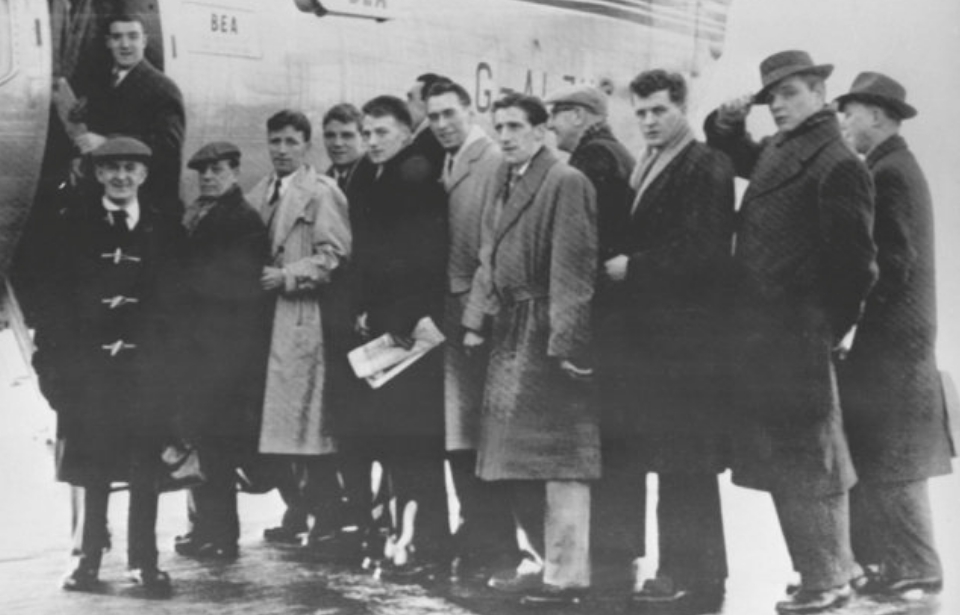The “Busby Babes” were arguably the best team Manchester United had ever seen. After making it to the European Cup semi-finals, the team caught a flight back home from Belgrade, Yugoslavia on February 6th, 1958. This trip ended in disaster and brought an end to the reign of the original Busby Babes.
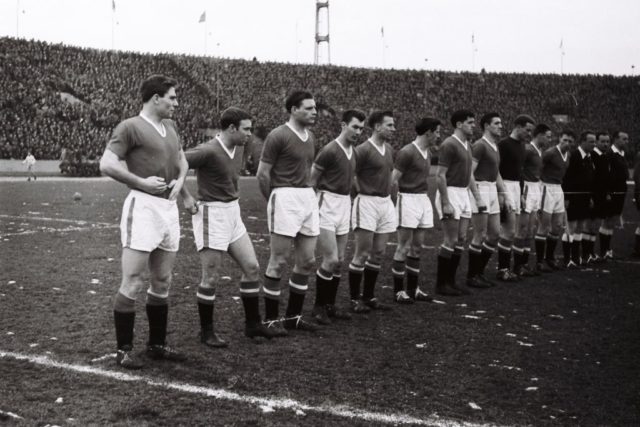
The making of a legendary team
When Matt Busby was brought in as manager of the team in 1945, he was faced with a serious challenge. He needed to completely revamp the team to ensure success. Busby knew that youth was the key to the team’s success and the future of soccer. Because of this, Busby’s team averaged an age of 22 years. Many players graduated from the Manchester United Junior Athletic Club at little to no cost to the team. With young, fresh legs, Manchester United was quickly on its way to the top.
The beginnings of the UEFA European Cup
In April 1955, UEFA established the European Cup – a football competition for the champion clubs of UEFA-affiliated nations. At its inception, the English league was denied entry into the competition. However, when Manchester United won the English league in 1956, Busby insisted that they enter as the first English team to play in the European Cup.
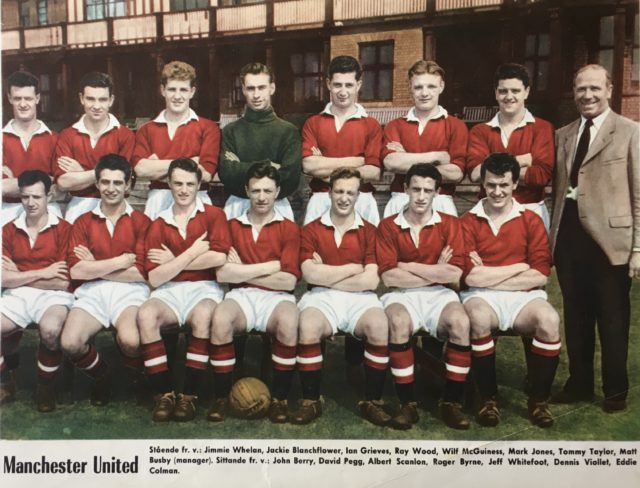
In the 1956-1957 run for the Cup, Manchester United made it to the semi-finals. Despite their efforts, they were unable to defeat the future winners, Real Madrid. However, their Cup run during this season made them the favorite to win the following year.
In 1958, Manchester United won their quarterfinal game and the team was on the way to Yugoslavia to play against Red Star Belgrade. Following this game, they would head to the semifinals.
The effects of delayed travel
In order to fulfill their league fixtures, Manchester United had to fly to get to their European matches. The team had made a similar trip to Belgrade earlier that season, and the return back was difficult. A heavy fog over England prevented them from flying back to Manchester and instead the team was forced to fly to Amsterdam, take a ferry from the Hook of Holland to Harwich, and then a train from there to Manchester.
This trip was exhausting. The team had only three days to recover from traveling until their next game. The exhaustion showed on the players, and they ended up tying in their next match. Hoping to avoid hard trips in the future, the team chartered a British European Airways plane from Manchester to Belgrade and back.
Delays going home
After the game, the team hopped on British European Airways Flight 609, which had aboard the Manchester United team, journalists covering the rising team, and some of their supporters. In total, the flight had 44 people on board.
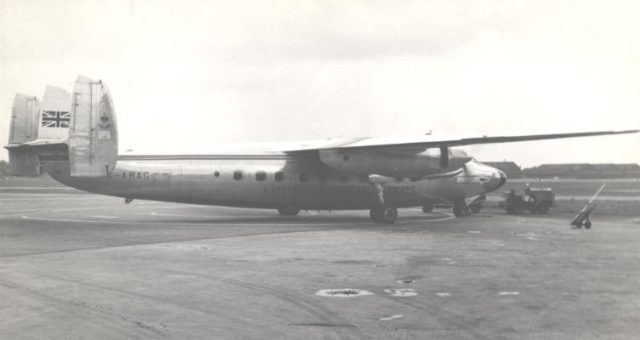
After takeoff, the flight had to stop to refuel at Munich-Riem Airport in West Germany. For the “Elizabethan”-class Airspeed Ambassador, a non-stop flight from Belgrade to Manchester was beyond its range. After refueling, getting back in the air was not as easy as their initial takeoff out of Belgrade.
The weather in Munich was snowy and gray, and it seemed as though the snow would cause the flight to be delayed until the following day. Pilot James Thain and co-pilot Kenneth Rayment attempted two takeoffs but abandoned both after having experienced boost surging in the left engine. Following the second attempt, the passengers were asked to retreat to the airport lounge.
The crash
Wanting to stay on schedule, Thain rejected an overnight stay and had all the passengers re-board the plane a mere 15 minutes later. Despite the weather, Thain believed there was plenty of runway to accommodate a slower release of the throttle, allowing them to take-off a little further down the runway than usual. They began their third attempt at take-off, but as they closed in on the end of the runway, the plane was not picking up enough speed.
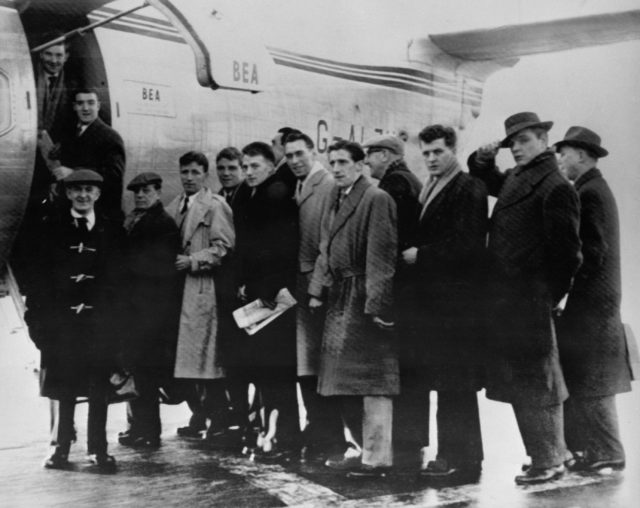
For a successful takeoff, the plane was required to reach a speed of 119 knots (137 mph), and after having only reached 117 knots (135 mph), the plane had run over some slush that had formed on the runway. This slush slowed the plane’s speed to a measly 105 knots (121 mph), nowhere near enough for take-off.
Unable to get off the ground, the plane tore through the fence at the end of the runway and its left wing was ripped off after it hit the side of a house. The tail section of the plane crashed into a barn that had a parked fuel truck in it, which caught fire and exploded. Scared that the aircraft might also explode, Thain began evacuating passengers. After regaining consciousness, goalkeeper Harry Gregg began evacuating other passengers, notably saving his teammates Bobby Charlton and Dennis Viollet.
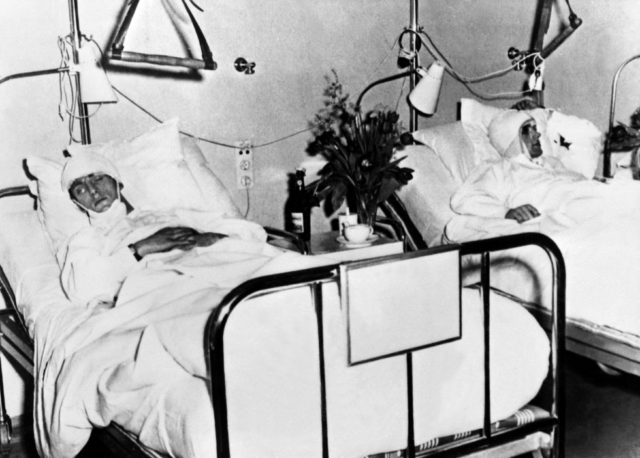
Seven members of the team died instantly in the crash. Duncan Edwards became the eighth casualty, having died 15 days following the disaster. Co-pilot Captain Kenneth Rayment was trapped in his seat due to the crumpled fuselage, but was eventually rescued from the wreckage and sent to the hospital where he succumbed to brain damage three weeks after the crash.
Ultimately, 21 people died at the scene and two more died in the days that followed.
Overcoming tragedy
After the Munich Air Disaster, Manchester United refrained from playing another match for two weeks. When they did play, only two players who had been involved in the European Cup tie in Belgrade returned to the field. This was the only game Manchester United would win for the remainder of the league, their title challenge collapsing and sending them into 9th place in the league. Two players who survived, Johnny Berry and Jackie Blanchflower, never played professional football again.
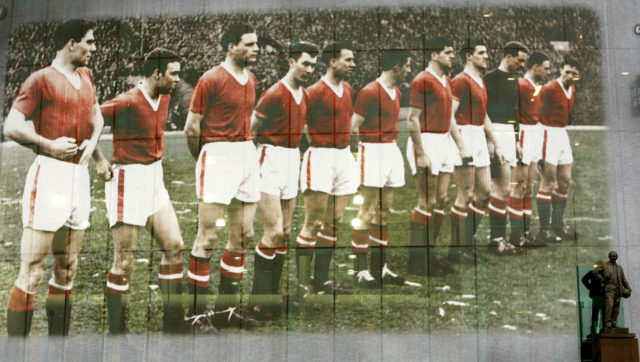
More from us: Why does America Call it “Soccer” Instead of its Original Name “Football”?
It would take 10 years for Sir Matt Busby to rebuild the Manchester United team and lead them to their first European Championship Cup win in 1968.
